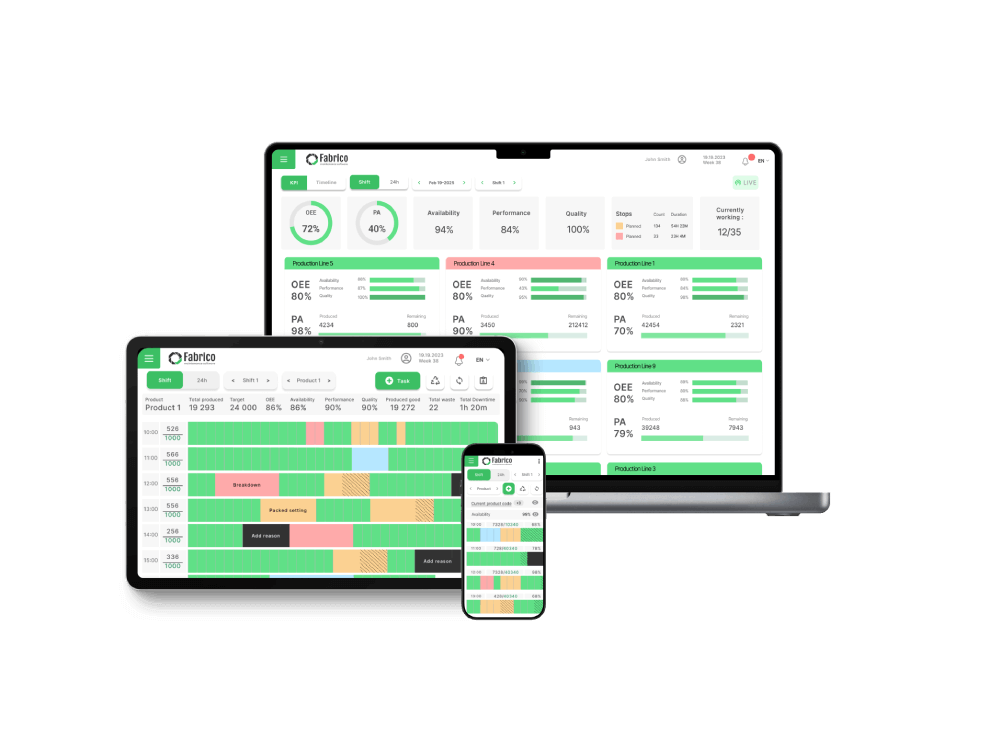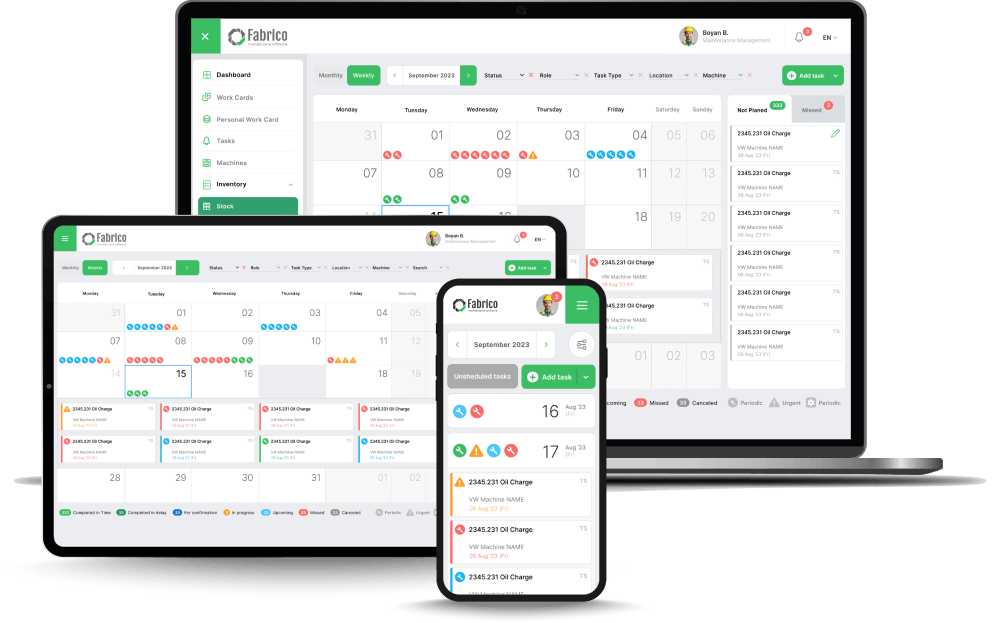Now that we’ve covered how to calculate mean time to repair and with a clear understanding that the average time taken to do repair work should be kept to a minimum, it’s essential to understand exactly how maintenance managers can achieve this objective. Below, we offer some tools and techniques that will help streamline your processes.
Standardising repair processes
As a starting point, maintenance managers should look to adopt a standardised set of procedures and protocols to streamline repair activities and minimise variability. This means that every repair job should begin and end in the same way. Namely, by identifying and reporting a fault, receiving a work request, converting it into a work order, scheduling and assigning it and monitoring how long it takes technicians to complete the repair and maintenance work on a given asset. The more standardised your protocols are, the more accurate your MTTR readings will be.
Enhancing troubleshooting procedures
We would also like to emphasise the importance of introducing systematic troubleshooting methodologies and training programmes to improve diagnostic accuracy and efficiency. By having your entire team of technicians on board with clear expectations about the procedures they need to follow, you will ensure that your organisational equipment operations are running smoothly and more accurately. You will also ensure that you’re able to diagnose problems and faults much faster, leading to greater efficiency.
Ensuring access to spare parts and inventory management
As we mentioned before, the mean time to repair calculation does not include external factors or time spent waiting for spare parts to arrive. In fact, some research points out that many technicians spend in the region of 10% to 25% of their repair time waiting for spare parts availability. For this reason, your spare parts inventory needs to be handled and managed in the most efficient way possible so that you can ensure quick access to them as and when needed. This optimisation of spare parts management, in turn, can help speed up repair work and minimise delays in repair activities.
Utilising predictive and preventative maintenance techniques
The role of predictive maintenance technologies in anticipating and preventing equipment failures should also be taken into account to reduce the MTTR rate. By following a proactive approach to maintenance activities, maintenance teams can take small preventative actions now to prevent bigger, system-wide equipment failures in the future. When these techniques are implemented and applied properly, it leads to reduced costly downtime and greater organisational efficiency.
Performing Root Cause Analysis (RCA)
Root cause analysis (RCA) methodologies can also be applied to identify and address the underlying causes of failures. This can ultimately lead to long-term improvements in system reliability and MTTR reduction. In essence, this involves looking at the symptoms of failure and tracing them back to where the problem initially began. Once symptoms showcase where the primary cause of the failure is, diagnostics can become more efficient, which then leads to faster repair work because the assigned technician would be working on the right problem instead of the wrong one.
Implementing a Computerised Maintenance Management System (CMMS)
In addition, it is highly encouraged that manufacturing organisations implement the right computerised maintenance management system (CMMS) to ensure that they’re able to take full advantage of an intelligent platform that streamlines their maintenance operations. Some of the key benefits of CMMS software or platforms are that they can help centralise maintenance data, track repair activities and facilitate proactive maintenance planning.






